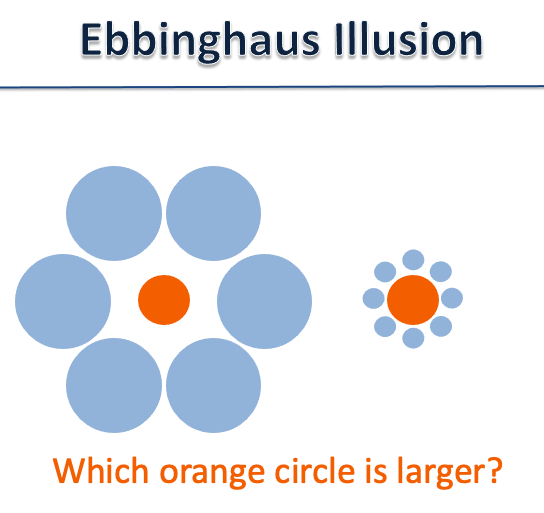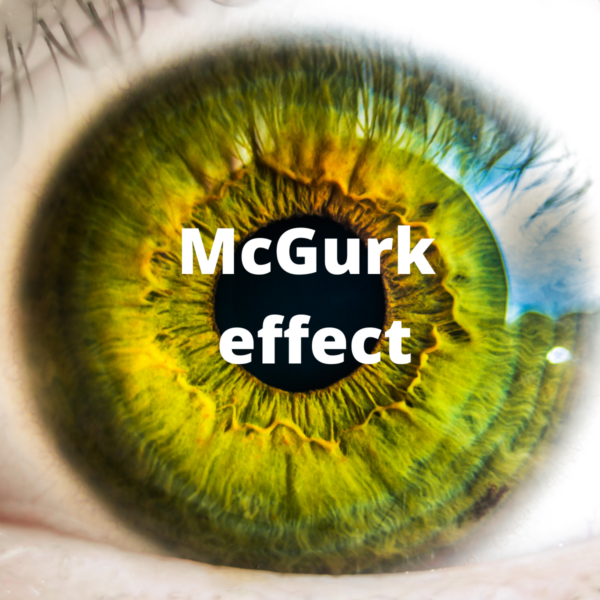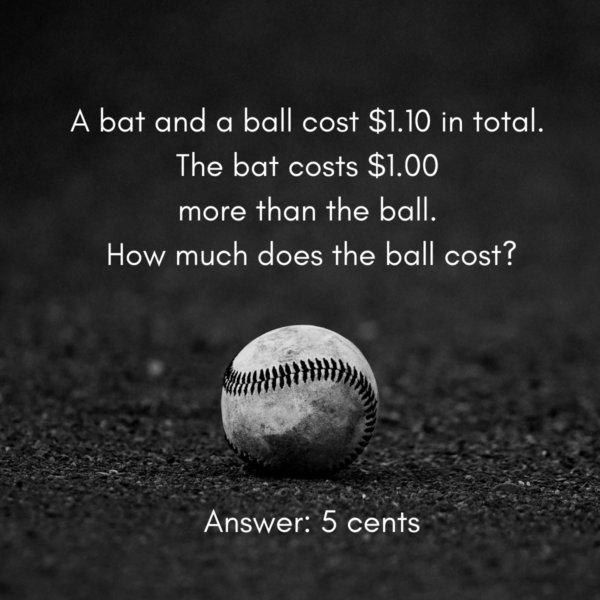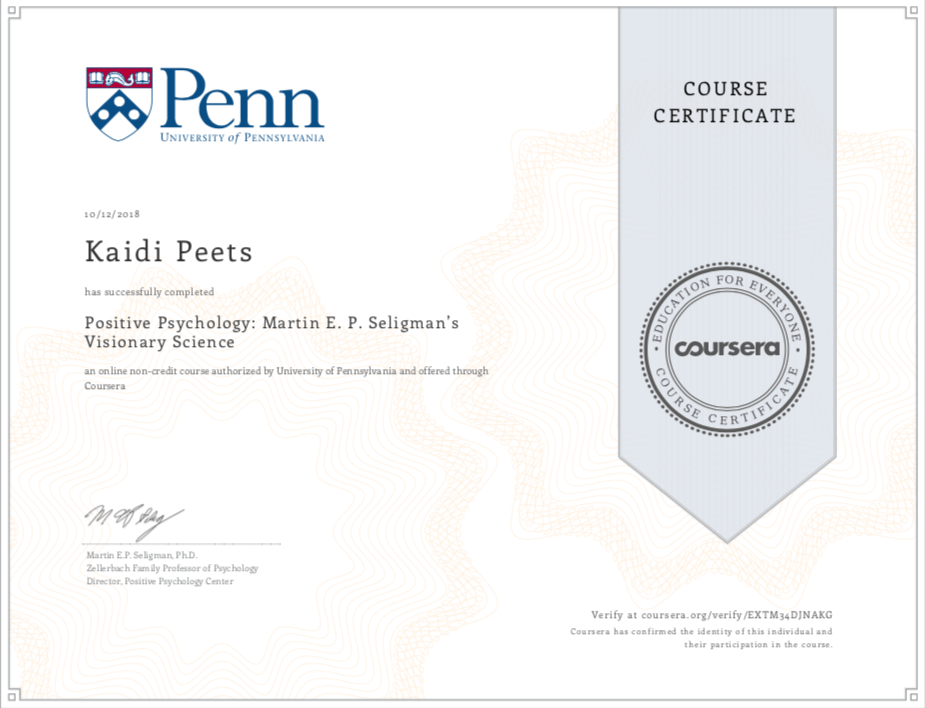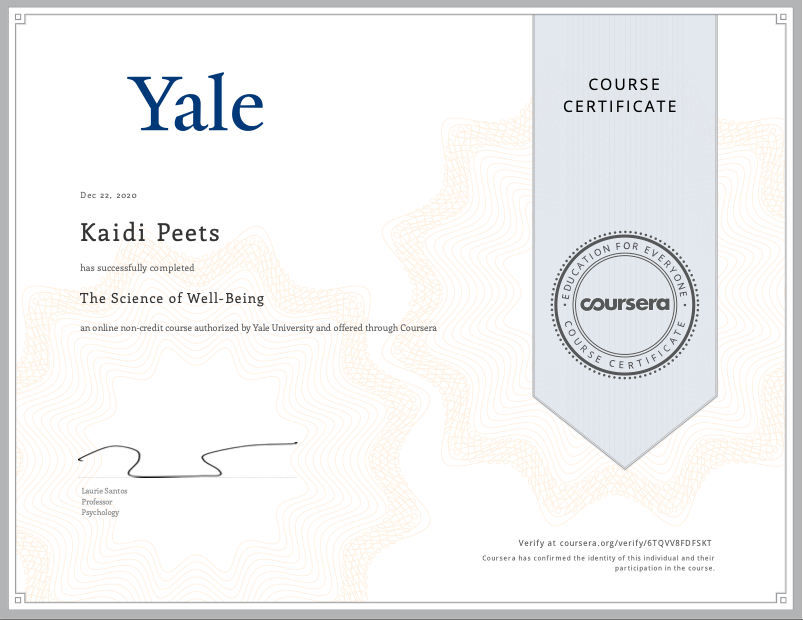
The Science of Well-Being
December 22nd, 2020 Posted by Kaidi Coaching, happiness, heaolu, mindfulness, positiivne psühholoogia, säilenõtkus (resilience), tajuvead 0 thoughts on “The Science of Well-Being”The course gave me fresh perspectives on the science of well-being. I enjoyed the studies on how our brain works and on happiness. It helped me make another step towards a more satisfying and happy life. I’m more than happy to share my knowledge and discoveries with my clients in my training programmes, but also in supervision, coaching and mentoring if necessary.

